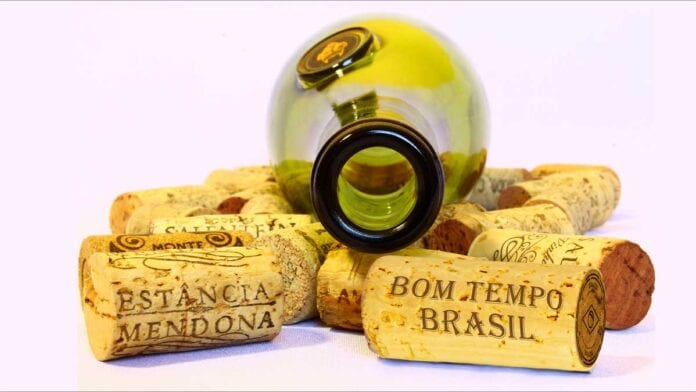Get to know the wines of Brazil.
Uncorking Brazil’s wine traditions has never been easier, or more rewarding.
Brazil’s Wine Traditions: First Blush
Brazilian wines are rising in popularity and what you’ve heard is true. Founded by European immigrants, many have been family-owned for generations. More than 1,100 local wineries are putting Brazil’s southern region on the map.
That’s where its rich southern soil and a continental climate meet the jeito creativity of Brazil’s old-world traditions.
While we do prefer our reds, white and sparklers with a bit of samba spice, here’s what you need to know.
Brazil produces wine and lots of it. Currently, Brazil is the fifth largest producer of wine in the southern hemisphere. Brazil is one of the fastest-growing wine markets in the world.
In less than a decade, Brazil has become South America’s third-largest wine producer. Brazil follows Argentina, and closing in on second place Chile.
Uncorking Brazil’s Wine Traditions: 29th Parallel South
Brazilian wines first took root in the 1500s, when Portuguese settlers nurtured vines carried with them from Portugal. Jesuits planted Spanish vines while immigrants from the Azores tried with vine cuttings from Madeira early on.
But it wasn’t until 1870 that Italian Brazilian winemakers were able to establish successful vineyards in the far-southern region of Serra Gaúcha and Rio Grande do Sul, with rich soil and ideal mesoclimates, aided by the area’s higher elevations.
Brazilian wines of the south carry distinct tonal trademarks. Each region has developed its specialty, creating wine imbued with terroir and a unique typicity.
As a group, the wines show the freshness of a young industry, consisting of small producers (on average two hectares per family), who make light, fruity wines with moderate alcohol content. This style, which captures the real spirit of Brazil, has been discovered and is increasingly admired around the world.
And the region is growing into a tourist destination, too. Think Napa Valley with a Bossa Nova flair.
Brazilian Wine: Easier than ever
With a special emphasis on sparkling wines, both those made through the Champenoise method and those light and aromatic made from Moscato grape, Brazilian winemakers have been opening up markets around the world, receiving compliments from international critics wherever they go.
The secret lies in the outstanding balance of acidity shown by the grapes grown in the country; the acidity that keeps these unique Brazilian wines light, fresh and delicious.
The red and white wines of Brazil also share this attractively approachable character. Their inviting aromas have proven to be irresistible to consumers who are tired of the usual wines and in search of a new experience.
Happily, uncorking Brazil’s wine traditions is easier than ever. you don’t have to wait to try Brazilian wines: Good selections are easily found in wine shops and liquor stores near you, or online for quick and easy delivery to your door. And your local Brazilian steakhouse is sure you carry a nice selection of Brazilian reds, whites, and blush wines, too. It’s the perfect place to explore Brazilian wines in their natural habitat.
Music, Travel, Friends & Fun!
Stories like ’Uncorking Brazil’s wine traditions’ are what we do. Why don’t you join us?
- Sign Up for our e-letter. Listen to our live streaming station and our streaming music channels, always free. Browse our Lifestyle Directory. Like our Facebook page, follow us on X (Twitter), and find Brazilian events coast to coast.










